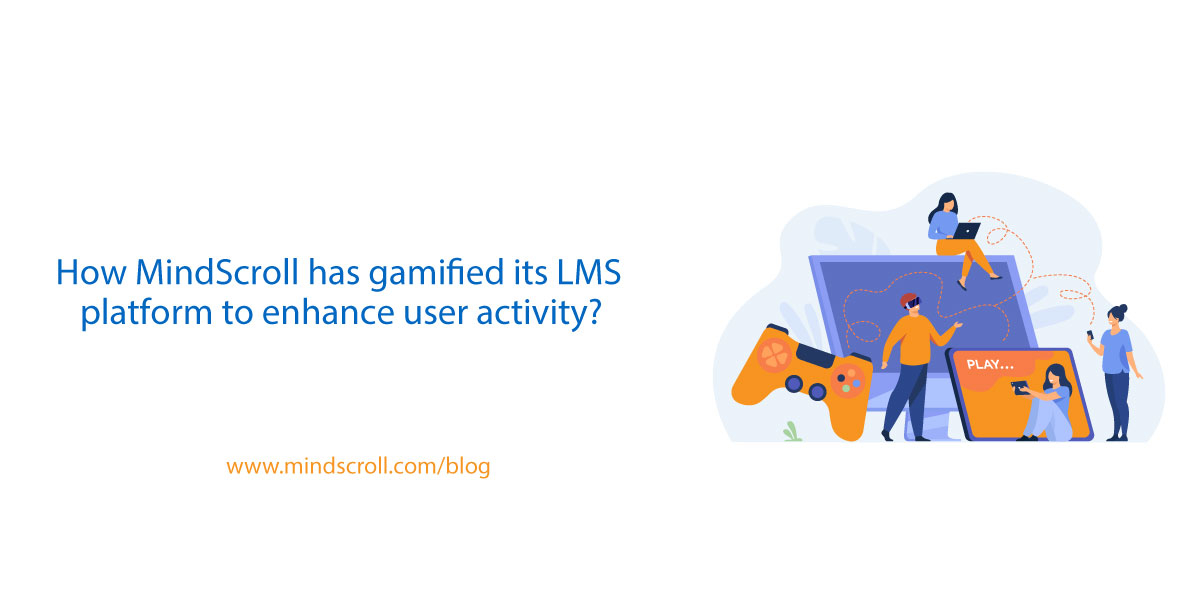As the digital age becomes more pronounced, the human race has improved their quality of life. Almost all aspects of our life have experienced development to some extent. The field of education, for example, has witnessed significant changes. The introduction of digital learning tools has allowed imparting knowledge not only to more people but in better ways. In a similar line of thought, online learning is no longer a luxury. In fact, it has become a necessity as lifestyle changes force people to rethink their education and ways of learning.
One innovation that has transformed the field of education and training is Virtual Classroom. A virtual classroom can be incredibly useful in both corporate learning as well as academia. When implemented properly, it helps in delivering an online learning experience like no other. In this article, we explain the idea and benefits of a virtual classroom.
What is a Virtual Classroom?
A virtual classroom is an online learning environment that re-creates the traditional face-to-face learning environment with an online interface. With the use of specific software and other digital tools, the instructors and learners can interact with each other just like in a traditional classroom.
It facilitates the live meeting or live teaching which can be either one-to-one or for a group. It supports live audio and video streaming capability and participants can communicate with each other in real time. Participants can also watch video presentations, share files, and send messages via text chat.
In addition, a virtual classroom also offers built-in interactive tools like whiteboard, co-annotation, and attention indicator which allows participants to collaborate in real time.
Benefits of a Virtual Classroom
While traditional classrooms have their own advantages, many among the newer generations will find virtual learning more feasible. Here is how the virtual classroom changing the education industry for the better:
Immersive and engaging
In a virtual environment, the learner has more freedom of engagement as compared to traditional classes. In a physical classroom, the learners have a more reactive role while the learning is instructor-centered. Online environments not only let learners be more interactive but immerse within the technology-driven learning session too.
More flexibility
A virtual classroom allows learners the flexibility to schedule their sessions according to their specific requirements. This gives people with even the most hectic of lifestyles a chance to learn in better ways. Also, the flexibility lets the learners follow their own pace of learning.
Targeted training
Traditional environments often follow a one size fits all approach, where it is difficult to pay individual attention to each learner. Virtual classrooms provide a targeted approach to education.
Record and review sessions
In traditional classrooms, it is hard to follow up on missed sessions. Learners often have to struggle finding instructors after classes to catch up. Digital tools allow to record, review, and archive so nothing is missed and can be accessed anytime; anywhere
Auto-evaluation and feedback
Instructors also benefit from a virtual classroom as it gives the opportunity of automated evaluation and feedback gathering. This reduces the work-life burden of instructors, which increases exponentially when they have to deal with a batch of 30-40 learners per physical classroom. Virtual classrooms definitely enable more quality online training and are an indispensable tool for today’s instructors and educators. Furthermore, it ensures that more people who seek a proper training can have easy access to it.
Looking for a Learning Management System which supports Virtual Classroom? Learn more here. Schedule a demo today with our learning experts and explore MindScroll LMS.
LMS, Learning Management System, Cloud LMS, Virtual Classroom, Live Teaching, Digital Learning Tools, Virtual Meeting




